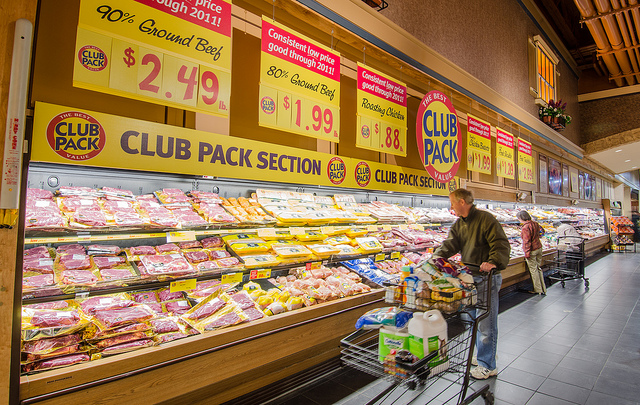This post has already been read 12544 times!

Note: This is the next installment in an ongoing series that explores shelf-connected supply networks. In the first post, we asked whether a shelf-connected system was possible with traditional ERP systems. In our second post, we discussed how new approaches to forecasting processes are required in a shelf-connected world. Our last post dealt with new types of demand-driven inventory replenishment policies.
Using these types of demand driven-based inventory replenishment policies enables retailers and their suppliers to reduce supply chain variability, optimize inventory levels, and minimize freight expense. Typical measurements include inventory turns, truck utilization, and premium freight reduction.
While cloud platforms like One Network’s provide these integrated policies as a seamless capability across the multi-party network, most ERP-type vendors must use plug-ins that are not integrated as part of the transactional flow. Thus, various replenishment policies may well be listed as a capability, but given the batch architecture they simply can’t be engaged on a real time, exception-oriented basis, which is what is really required in today’s rapid replenishment environments.
Most ERP-type vendors must use plug-ins that are not integrated as part of the transactional flow…
Different approaches are available for computing target safety stock levels, including using forecast error and desired service levels, days of supply coverage, lead time coverage or a fixed percent. For example, using a combination of safety stock targets, sell-in forecasts, minimum and maximum inventory constraints, in-transit inventory positions, and on order quantities, One Network’s Inbound Supply capability is able to generate a time-phased, multi-echelon inventory and replenishment plan rather than being limited to the single-tier replenishment plan that the ERP systems typically use to feed the enterprise execution systems.
In fact, these flexible modeling hierarchies and configurability enable consumption-based planning for heterogeneous distribution channels, in which products are distributed through multiple channels with different levels of hierarchy. Companies can sell through their own stores, through third party retailers (shipping to both retail DCs and direct to store), or through distributors (both with and without sell-through data available).
In future posts we’ll explore how the approach to collaboration, and S&OP processes differ in a shelf-connected system. If you’re impatient, I suggest you download the new white paper: Is your supply network really shelf-connected?
- Map of U.S. Trucking Spills in 2016 - January 13, 2017
- What is aPaaS? A Way to Supercharge Your App Development - December 12, 2016
- Future of Transportation: Goodyear’s Radical Smart Tire Concept - November 3, 2016
